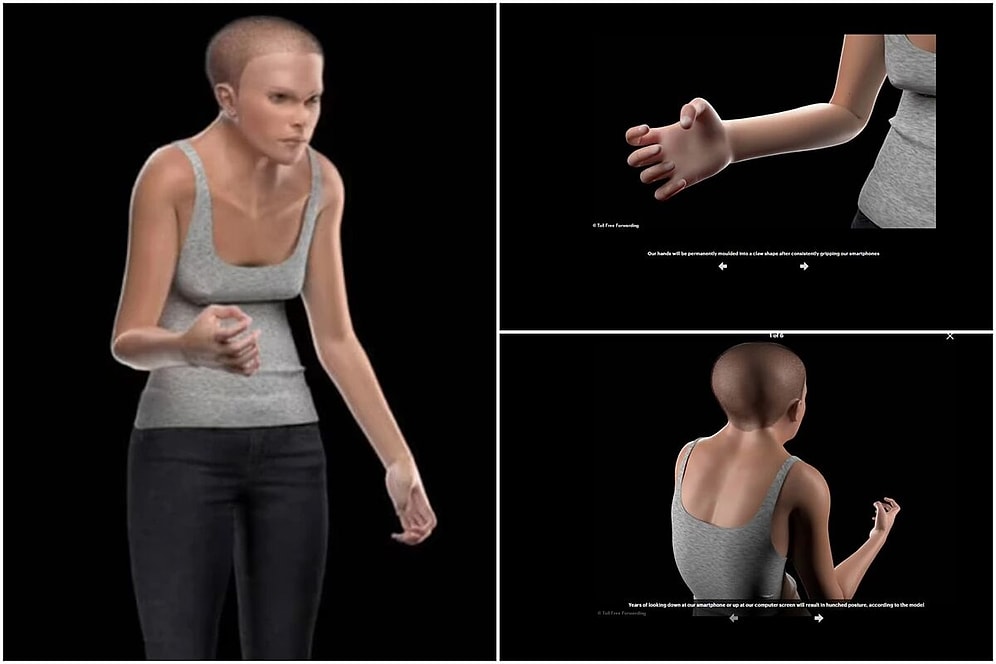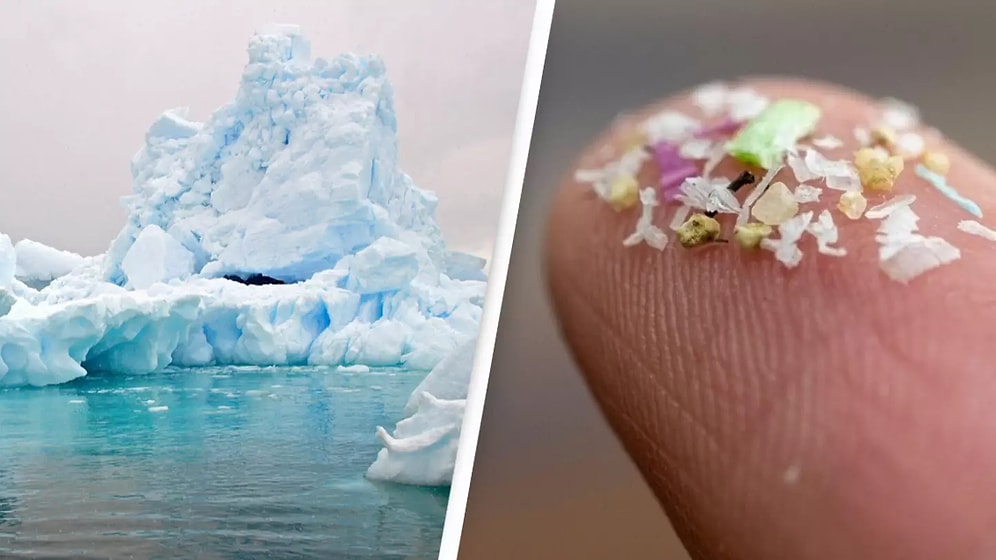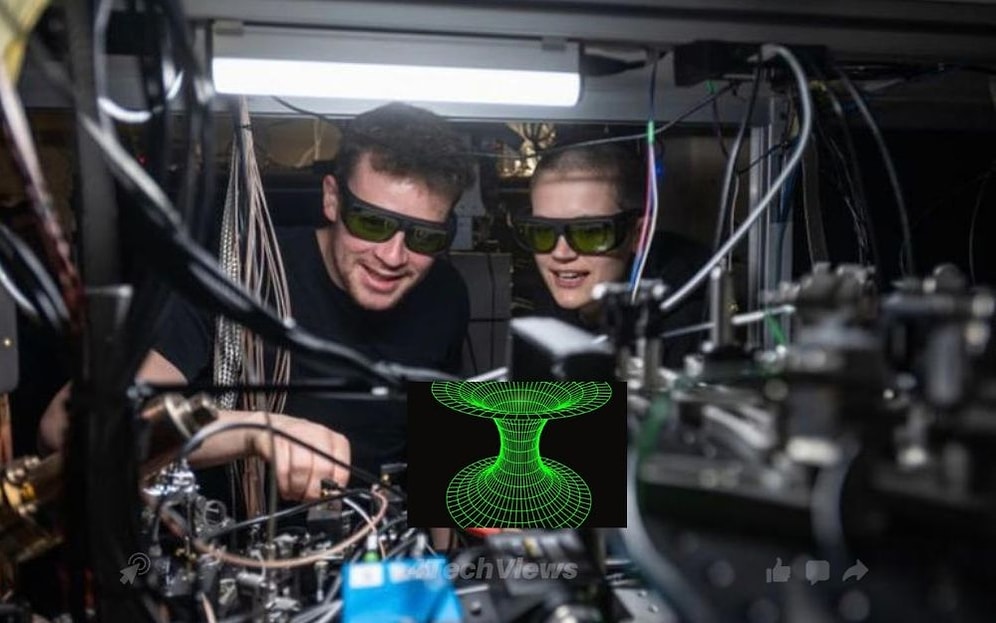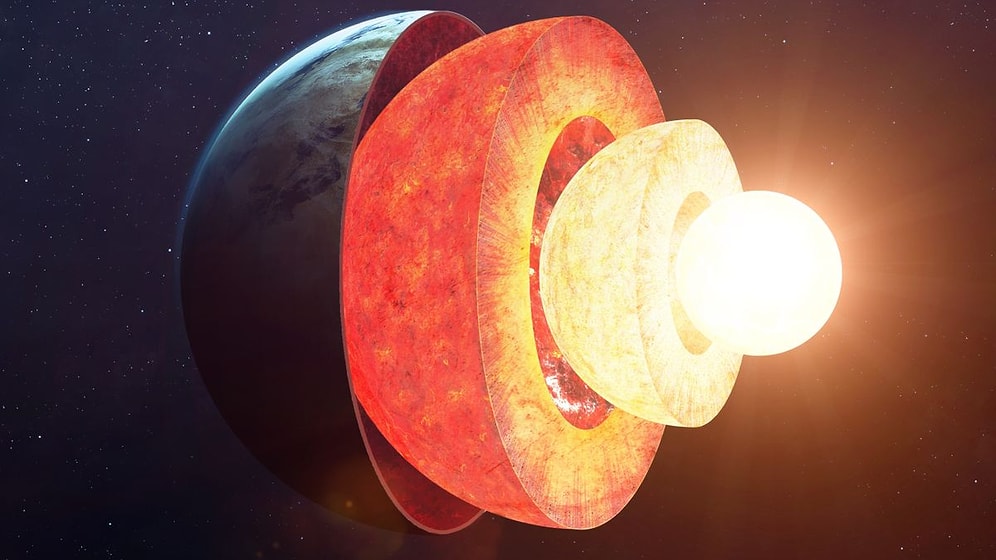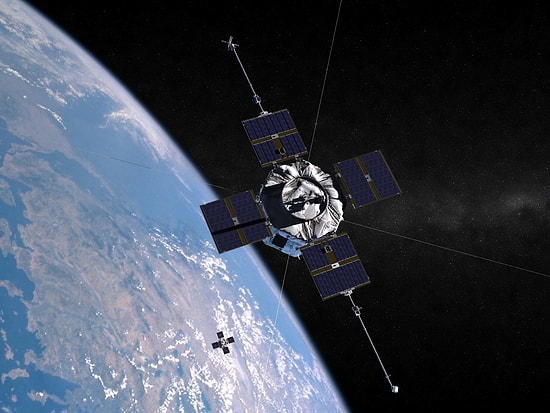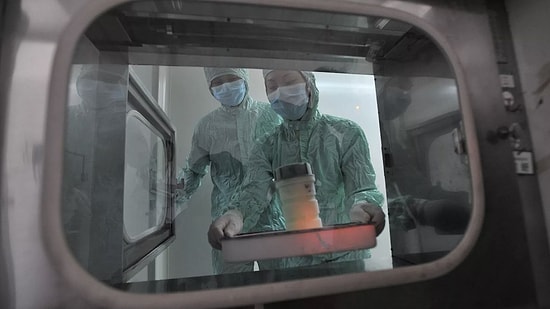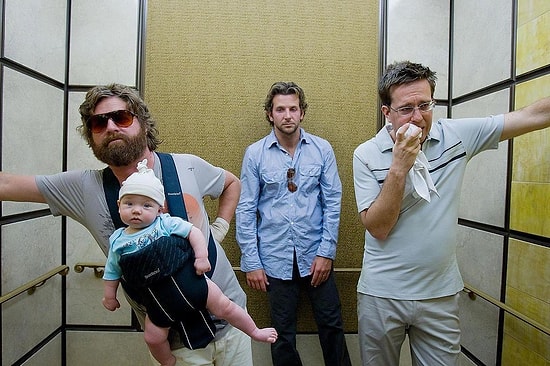AI-Generated Influencer Aika Receives Dozens of Valentine’s Day Proposals from Men
The rise of AI isn’t just changing technology—it’s reshaping social media and even romance! Meet Aika, an AI-generated influencer who has captivated thousands online with her lifelike appearance and digital charm. As Valentine’s Day approaches, Aika is receiving an overwhelming number of romantic proposals from real men, ranging from luxury dinners to extravagant vacation offers. With an impressive monthly income of £5,000, this virtual star is proving that AI influencers are more than just a trend—they’re here to stay!
Elon Musk and Sam Altman Clash Over Billion-Dollar OpenAI Offer: "Scammers"
In a dramatic and heated exchange on social media, tech titans Elon Musk and Sam Altman are at odds over a billion-dollar offer for OpenAI. Musk, leading an investor group, proposed a staggering $97.4 billion to acquire the company behind ChatGPT, but OpenAI's CEO Sam Altman swiftly rejected the offer with a simple 'No, thanks.' Furious, Musk took to X, making a series of fiery posts, accusing Altman and OpenAI of being 'scammers.' The tension between these two tech giants has set the digital world on fire – but what’s behind this explosive battle?
DeepSeek Banned in Multiple Countries: Is It Really a Spy-Driven Threat?
The AI race is heating up, and DeepSeek has quickly become a formidable competitor to ChatGPT. Praised by users for its superior capabilities, the app is now facing intense scrutiny. As tensions between the US and China escalate, DeepSeek is being banned in several countries. But why? Is this AI tool a genuine threat, or are countries overreacting? Let’s dive into why DeepSeek is being banned and which nations are taking action.
Could There Be Only 6 Continents Instead of 7?
For as long as we’ve known, the world has been divided into 7 continents: Australia, Europe, Antarctica, South America, North America, Africa, and Asia. But what if everything we’ve learned is wrong? 🤯 A groundbreaking study from Derby University published in Gondwana Research suggests that there may only be 6 continents! The study proposes that North America and Europe were once connected, and the Atlantic Ocean might not be enough to separate them. What could this revelation mean for our understanding of Earth's geography? Get ready for some mind-blowing revelations that could change everything! 🌍
DeepSeek Faces Major Ban: Taiwan Blocks AI Due to Data Security Concerns
DeepSeek, the Chinese AI powerhouse that’s been stealing the spotlight from OpenAI’s ChatGPT, has just hit a massive roadblock! 🚫 The highly anticipated R1 AI robot has been banned by Taiwan's Ministry of Digital Affairs over serious security concerns. With countries like South Korea, Ireland, and Italy now questioning its safety, the AI revolution may have just encountered its first major crisis. What does this mean for the future of AI? Let’s dive into the shocking details that have the tech world buzzing! 🔐💥
Instagram’s Game-Changing Update: Real-Time Chat Translation
Instagram is making global conversations easier than ever with its latest real-time chat translation feature! 🌍💬 Now, users can seamlessly chat with people who speak different languages, as messages will automatically appear in their preferred language. This groundbreaking update is set to eliminate language barriers, making international friendships and cross-cultural interactions smoother than ever. Curious about how it works? Here’s everything you need to know! 🚀
AI Brings Historical Icons to Life – The Results Will Leave You Speechless
Artificial intelligence is revolutionizing every aspect of our lives, from art and music to design and history. In its latest breathtaking feat, AI has recreated realistic depictions of some of the most iconic historical figures based on their paintings and sculptures. A viral video showcasing lifelike animations of these legendary personalities has taken social media by storm, leaving users in awe. Curious to see how history's greatest minds might have actually looked? Let’s dive in!
Here’s What ChatGPT Thinks About Its Newest Rival 'DeepSeek'
The AI race is heating up! While the U.S. has long been a leader in artificial intelligence, China is making waves with its latest AI model, DeepSeek—a tool that has already captured millions of users. Some even claim it surpasses ChatGPTand Gemini in performance. But what does ChatGPT itself think about this rising competitor? We put AI head-to-head and let them speak for themselves. Let’s dive into the AI showdown between China and the U.S.!
When Will the Rare 7-Planet Alignment Happen? Here's What You Need to Know
Get ready for another breathtaking celestial event this February! After last month's stunning alignment of 6 planets, we're in for an even rarer spectacle—a 7-planet alignment! Mars, Jupiter, Uranus, Neptune, Saturn, Venus, and more will align for an extraordinary cosmic display. But when exactly will this 'planetary gateway' happen, and which planets will be part of it? Find out everything you need to know about this rare astronomical phenomenon!
YouTube's Game-Changing Update: 4x Playback Speed and New Features
YouTube is taking user experience to the next level with its latest update! Now, premium subscribers can speed up videos by a whopping 4x and unlock exciting new features, like auto-downloading Shorts and jumping straight to the most-watched parts of a video. Find out how these changes will revolutionize the way you use YouTube!
Scientists Discover Mysterious Bird Chirps from 100,000 Kilometers Away in Deep Space
Imagine hearing bird chirps coming from deep space, 100,000 kilometers away from Earth! That’s exactly what scientists have discovered—mysterious cosmic waves resembling bird sounds, detectable by the human ear. But what could these unusual “chirps” mean, and what in the universe could be producing them? Is it a sign of extraterrestrial life, or is space playing tricks on us? The answers might surprise you—read on for all the mind-blowing details!
AI Wars Begin: China's DeepSeek Takes on America's ChatGPT in the Battle for AI Dominance
For years, OpenAI's ChatGPT has been the face of artificial intelligence, but China is now shaking up the game with a powerful new competitor. Enter DeepSeek AI—the latest innovation from China that has quickly become one of the most downloaded AI applications. As DeepSeek gains momentum, the U.S. is not backing down, setting the stage for an intense AI showdown. Welcome to AI Wars: Round 1—who will come out on top?
CIA Finally Reveals COVID-19 Likely Originated From a Lab
n a bombshell statement, the CIA has revealed that COVID-19, which claimed over 7 million lives worldwide, likely originated from a laboratory. While many speculated that the virus came from a bat in Wuhan, China, the CIA’s new assessment points to a possible lab leak. What does this revelation mean for the ongoing investigations and the future of global health? Here's what we know so far.
AI Claims These Movies Are for 'Less Intelligent' Viewers
Artificial intelligence has analyzed movie trends and made a controversial claim—films with simpler plots, basic humor, and predictable characters are most popular among viewers who don’t require complex thinking or deep analysis. Shockingly, AI has categorized those who watch these films as 'less intelligent.' Are your favorite movies on this list? Find out which films are being called out and why this AI perspective might just surprise you!
When Will the Rare Planetary Alignment Happen? 6 Planets Set to Line Up
The countdown has begun for one of January’s most thrilling astronomical events! A stunning spectacle is on the horizon as six planets will align in the sky, creating a breathtaking arc shape. Known as the 'planetary alignment,' this rare occurrence marks a unique multi-planet phase. So, when will this cosmic event happen, and which planets will align for this awe-inspiring sky show? Keep reading to find out!
